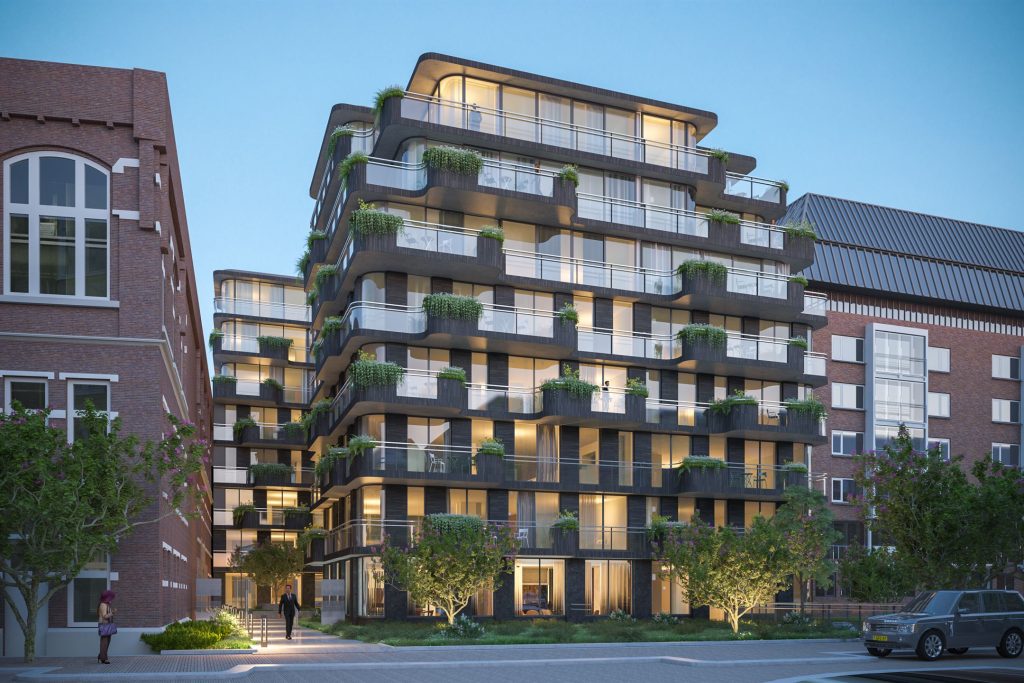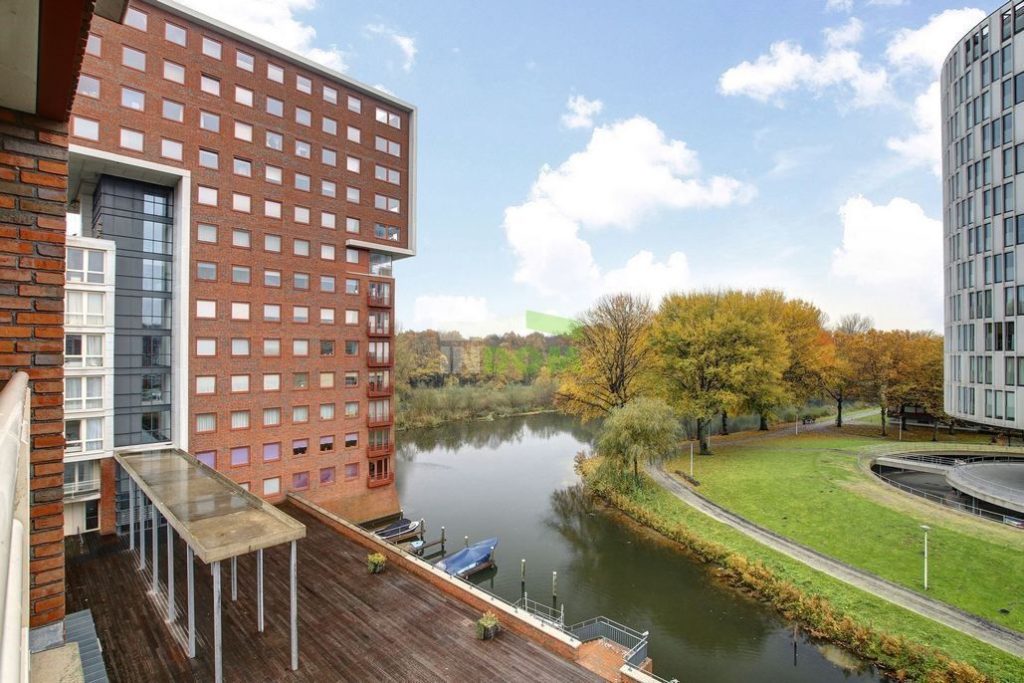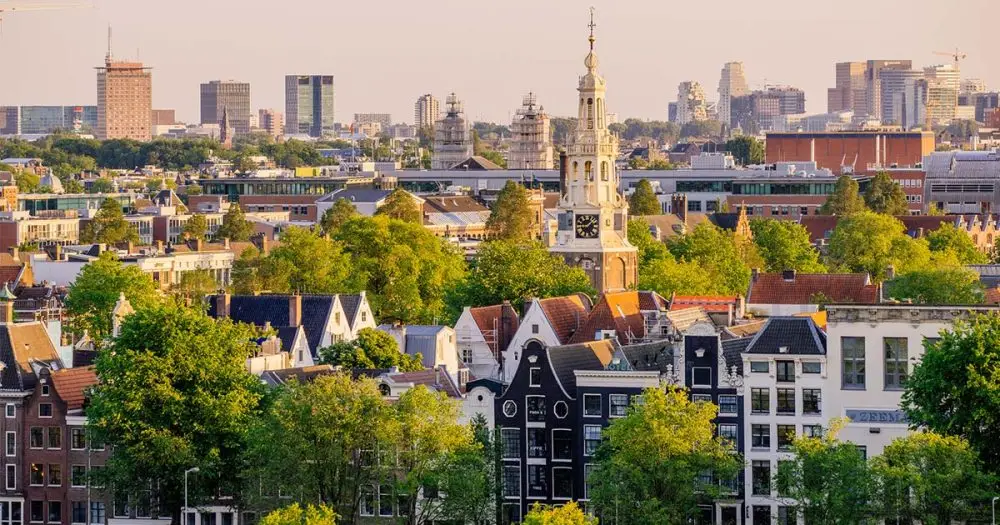The city of tulips attracts not only tourists, but also those who want to make it their new home. The unique combination of a progressive culture and a stable economy makes one think of relocating. The cost of living in Amsterdam in 2025 remains an issue that requires careful consideration. Let’s look at the real costs, benefits and challenges to see if it’s worth moving to the capital of the Netherlands.
Why does Amsterdam remain an attractive place to relocate?
The capital takes a leading position among European cities in terms of attractiveness for living. Amsterdam is characterised by its unique atmosphere, convenient location and opportunities for professional growth.
Global appeal
Amsterdam is considered one of the friendliest cities in the world due to its openness and multicultural environment. In 2025, the Netherlands continues to maintain its status as one of Europe’s most stable and innovative economies. GDP levels grew by 2.3% year-on-year, emphasising the robustness of the country’s financial system.
Amsterdam has become a centre for talent, investors and start-ups. It is home to Tesla’s European headquarters, the Science Park technology campus and many other global brands. Developed infrastructure and the availability of international flights make the location convenient for life and business. Many people move for education: local universities Vrije Universiteit Amsterdam and Universiteit van Amsterdam are in the top 100 world rankings.
Standard of living and social benefits: cost of living in Amsterdam
The city offers a high level of comfort: state social protection programmes provide free education for children, support for young families and access to advanced medical services. Although taxes in the country are quite high, this is justified by the quality of services provided.
Health care in the capital remains an example for other regions. The average cost of life insurance in Amsterdam is €125 per month, including a wide range of services from basic to specialised medical care. In 2025, the system will additionally include telemedicine consultations, making access to doctors even more convenient.
The city’s infrastructure is adapted for comfortable living: a convenient transport network, bicycle paths and affordable utilities. The cultural centre actively implements environmental innovations, such as free charging stations for electric cars.
Real costs: the cost of living in Amsterdam
 To consider how affordable this city is to live in, it is important to understand the major cost categories.
To consider how affordable this city is to live in, it is important to understand the major cost categories.
What is included in the cost of renting a home?
Housing in the capital takes up the lion’s share of the budget. The cost of living in Amsterdam strongly depends on the neighbourhood. The city centre offers premium properties, where rent for a one-bedroom flat ranges from €1800-2200 per month. In more remote areas, such as Nieuw-West or Amsterdam Noord, you can find one and two-bedroom apartments for 1000-1300 euros.
The demand for studios and rooms in houses with shared facilities remains high. Young professionals and students choose these options to cut costs. Rental prices usually include only basic utilities. Gas, electricity and water costs can be €150-200 extra.
Cost of food and services: How much do you need per month to live in Amsterdam?
Grocery expenses in the city are significantly higher than in the regions. The average family spends about 400 euros a month on groceries. Most residents prefer to shop at Albert Heijn, Lidl or Jumbo supermarkets, where prices are relatively stable. For example, a litre of milk costs €1.1 and a kilo of chicken fillet costs €9. Prices in Amsterdam at local markets such as Dappermarkt may be lower, but this only applies to seasonal fruit and vegetables. Utilities are 200-250 euros per month for a standard flat. This figure includes electricity, heating and water.
How to reduce costs: tips
Amsterdam is known for its high cost of living, but even here you can live comfortably without overpaying. Choosing the right neighbourhood, using transport cards and finding discounts on groceries can help reduce overall costs.
Where is the best place to live to save money?
The choice of neighbourhood to live in has a direct impact on the cost of living in Amsterdam. The centre is known for its high rents, but the suburbs offer affordable options while maintaining convenient transport accessibility:
- Amsterdam Noord is one of the most promising places for frugal residents. It is 30-40% cheaper to rent a flat here than in the centre. In recent years, the neighbourhood has been actively developing its infrastructure: new cafes, shops and cultural spaces have been opened. The Noord-Zuidlijn metro line and free ferries, which run every 10 minutes, provide a quick connection to the city centre.
- Bijlmermeer offers affordable accommodation aimed at students and young professionals. Renting a room or a small flat starts from 800 euros per month. The neighbourhood is becoming increasingly popular due to the modernisation of the housing stock and the emergence of new public spaces.
- Nieuw-West is ideal for families. The area is known for its green areas like Sloterpark and schools. Renting a one-bedroom flat here costs between 900 and 1200 euros. The location of the area is convenient for those who work outside the centre, as it is close to important transport hubs.
Each neighbourhood has its own characteristics, so the choice depends on individual priorities. For families, proximity to schools and parks is important; for students, transport accessibility and cafes are important. Housing on the outskirts of Amsterdam is a sensible cost-cutting solution for those who want to cut costs without sacrificing quality of life.
How do you save money on everyday expenses?
Daily spending forms a large part of the overall budget. Groceries, transport, entertainment and services require careful planning:
- Lidl and Aldi supermarkets, as already mentioned, offer low prices for basic goods. These shops are suitable for those who want to cut costs while maintaining basic quality. Albert Heijn offers a wider range, but if you use the Bonuskaart loyalty programme, you can save up to 20% on certain products.
-
Transport costs in Amsterdam can be minimised by cycling. This mode of transport remains the most popular and economical. A second-hand bicycle costs 150-300 euros and annual maintenance costs less than 50 euros. The OV-chipkaart is the main transport card in the Netherlands, offering discounts for those who regularly use the metro, trams or buses. A monthly pass costs 90 euros, but is 40 per cent cheaper for students and pensioners.
-
The savings also extend to entertainment. The capital offers many free events such as festivals, outdoor concerts and open days at museums. Using apps such as Groupon, you can get discounts on excursions, cinema and restaurant tickets.
- Other useful recommendations include the Too Good To Go app, which residents use to buy quality food from cafes and restaurants at a deep discount. Buying groceries in the evening in supermarkets also provides an opportunity to save up to 50% on expired goods.
Conclusion
 The cost of living in Amsterdam remains high, but the benefits of the city outweigh the costs. For those looking for career opportunities, a high level of comfort and cultural diversity, moving to the Dutch capital is an excellent choice.
The cost of living in Amsterdam remains high, but the benefits of the city outweigh the costs. For those looking for career opportunities, a high level of comfort and cultural diversity, moving to the Dutch capital is an excellent choice.
 en
en  ru
ru  de
de  ar
ar  es
es  nl
nl  hi
hi  fr
fr  it
it  pt
pt  el
el 










